In the textile and fashion industry, one question that frequently arises among designers, retailers, and consumers is whether tie dye rayon fabric fades more quickly than other materials. With the resurgence of tie dye styles in both casual wear and high-end collections, understanding how different fibers perform over time has become increasingly important. Rayon, a semi-synthetic fiber derived from natural cellulose, is a popular choice for tie dye because it absorbs color vibrantly. However, its dye retention properties can differ from those of cotton, polyester, or blends, professional many to compare it with other materials.
The appeal of tie dye rayon fabric lies in its ability to showcase deep, vivid colors with a soft drape that feels luxurious. When properly dyed, the patterns appear crisp and the hues are rich. Yet, rayon's absorbent nature means it also reacts more sensitively to environmental factors like sunlight, detergent chemicals, and repeated washing. As a result, without proper care, tie dye rayon fabric can show signs of fading sooner than fabrics with tighter molecular structures, such as polyester.
This brings us to tie dye synthetic fabric, which includes materials like polyester and nylon. These fibers are less porous than rayon, meaning the dye tends to bond more to the surface rather than penetrating deeply. While this sometimes results in less intense initial colors compared to rayon, tie dye synthetic fabric often holds its color longer in high-wear situations. For customers who prioritize durability over vibrancy, tie dye synthetic fabric might seem like a more fade-resistant option, especially for activewear or outdoor garments.

Another category worth considering is hand dyed fabric. The term encompasses a range of materials, from cotton to silk to rayon, each dyed individually or in small batches by artisans. The fade resistance of hand dyed fabric depends heavily on the skill of the dyer, the type of dye used, and the fabric's fiber content. For example, a skilled artisan working with hand dyed fabric in rayon can achieve longer-lasting colors by using fiber-reactive dyes and proper fixatives. However, if shortcuts are taken during the dyeing process, even vibrant colors can wash out quickly.
Comparing tie dye rayon fabric to cotton reveals interesting results. Cotton is also highly absorbent, and like rayon, it showcases bright colors well. However, cotton fibers are more robust under repeated washing, giving them a slight edge in maintaining their appearance over time. That said, both cotton and rayon require gentle care—cold water washing, mild detergents, and avoiding prolonged sun exposure—to preserve the design's longevity.
In the case of tie dye synthetic fabric, while it may not match the softness and drape of rayon, it tends to resist fading from ultraviolet light and repeated laundering better. For this reason, many sportswear and swimwear brands choose tie dye synthetic fabric for garments meant to endure outdoor conditions. The trade-off is that the colors may not have the same depth and warmth as those seen in tie dye rayon fabric or other hand dyed fabric made from natural fibers.
From a consumer perspective, understanding the care requirements for tie dye rayon fabric is crucial. Hand washing or using a delicate machine cycle, avoiding harsh chemicals, and air drying away from direct sunlight can significantly extend the fabric's life. These same practices can benefit any hand dyed fabric, regardless of the fiber type.
Tie dye rayon fabric can fade faster than some other materials if not cared for properly, especially when compared to tie dye synthetic fabric. However, its unmatched vibrancy and luxurious feel continue to make it a favorite among designers and customers who value aesthetics over improve fade resistance. For those who love the artistry of hand dyed fabric, choosing high-quality materials and following the recommended care guidelines will help preserve the beauty of their garments for as long as possible.
 EN
EN English
English 中文简体
中文简体 Español
Español عربى
عربى bahasa Indonesia
bahasa Indonesia


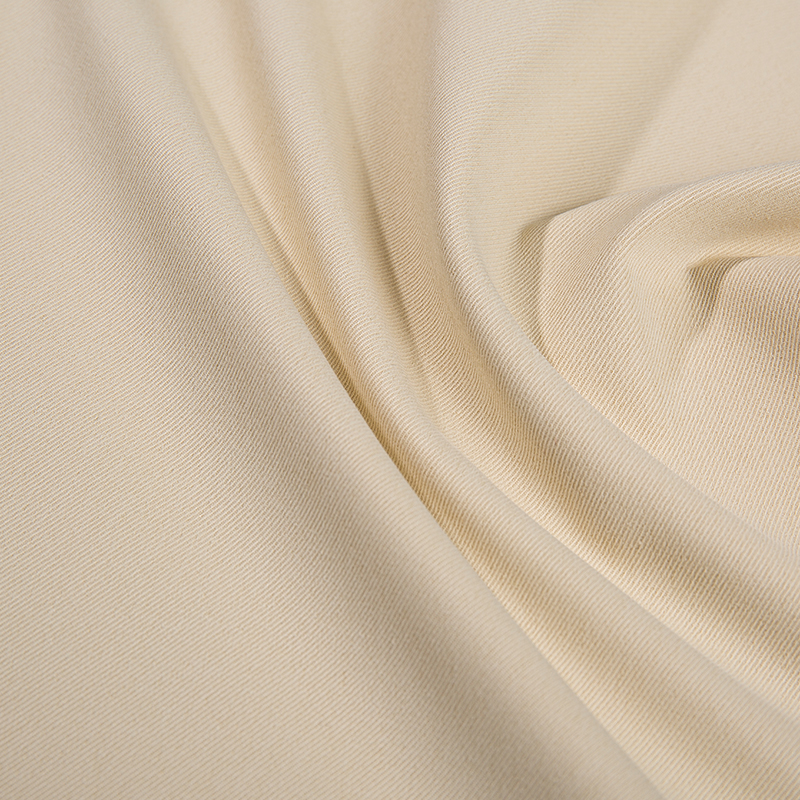
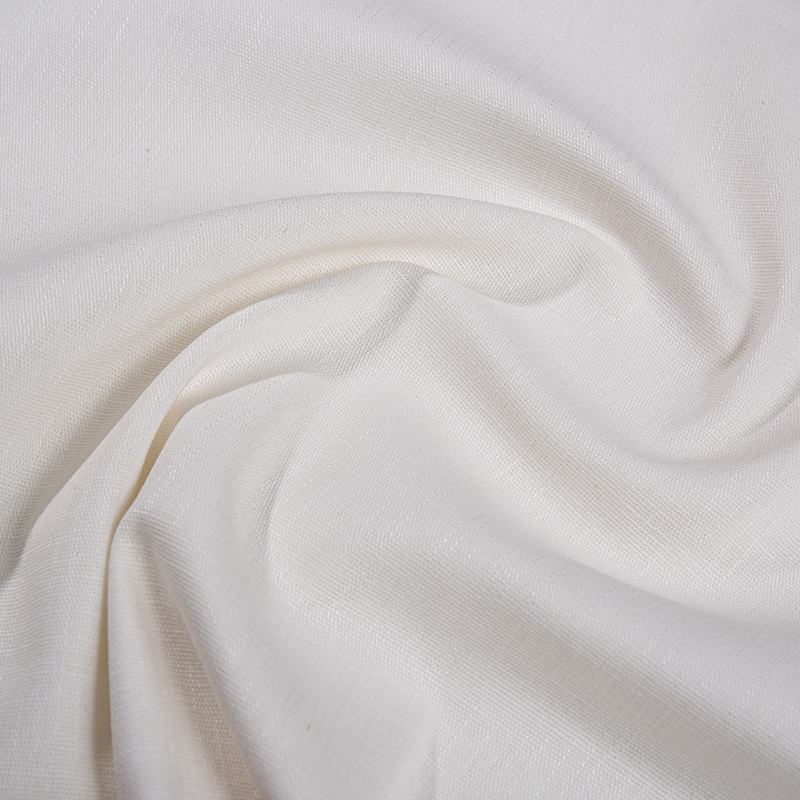
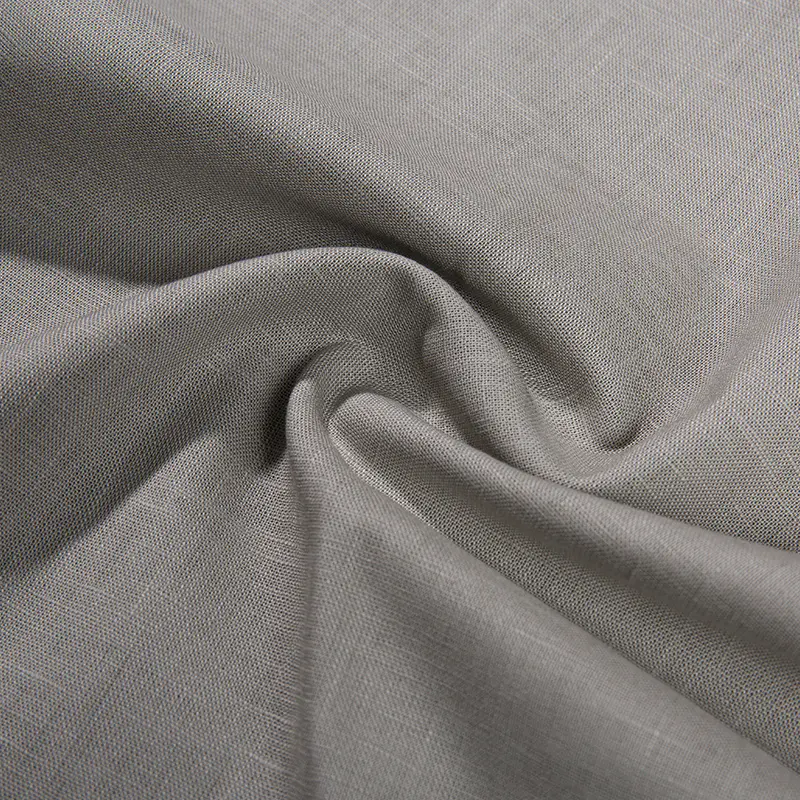
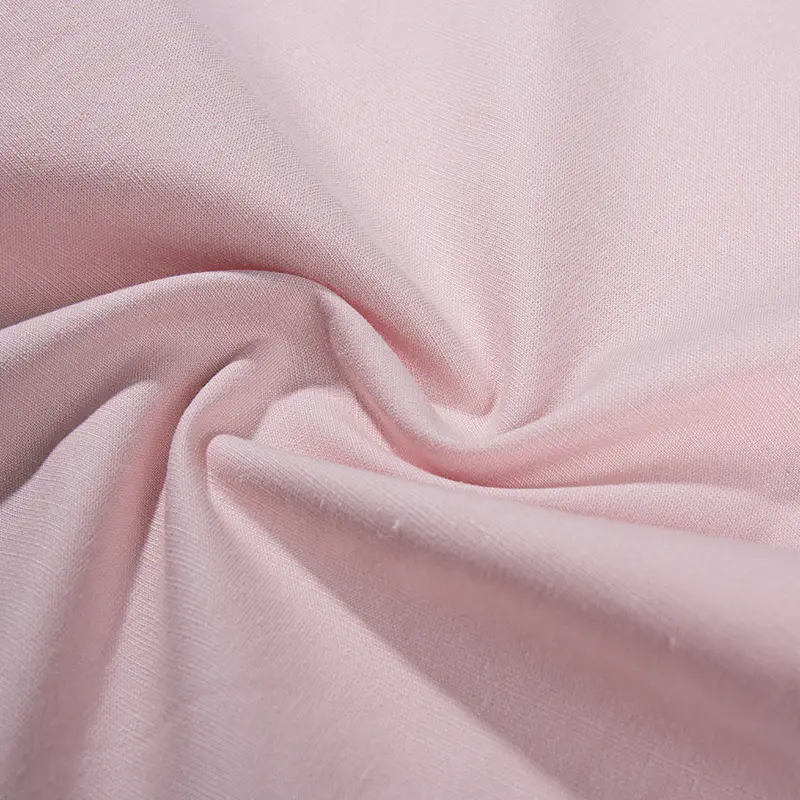

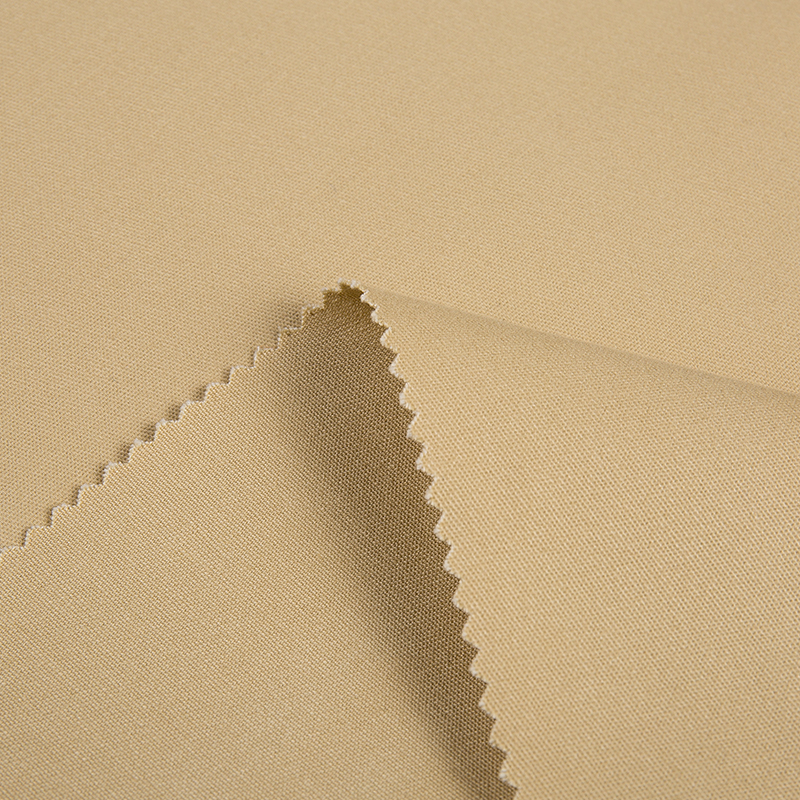
 Add: Beside National Highway 330, Zhuge Town, Lanxi City, Zhejiang Province, China
Add: Beside National Highway 330, Zhuge Town, Lanxi City, Zhejiang Province, China Phone: +86-579-89022355
Phone: +86-579-89022355

